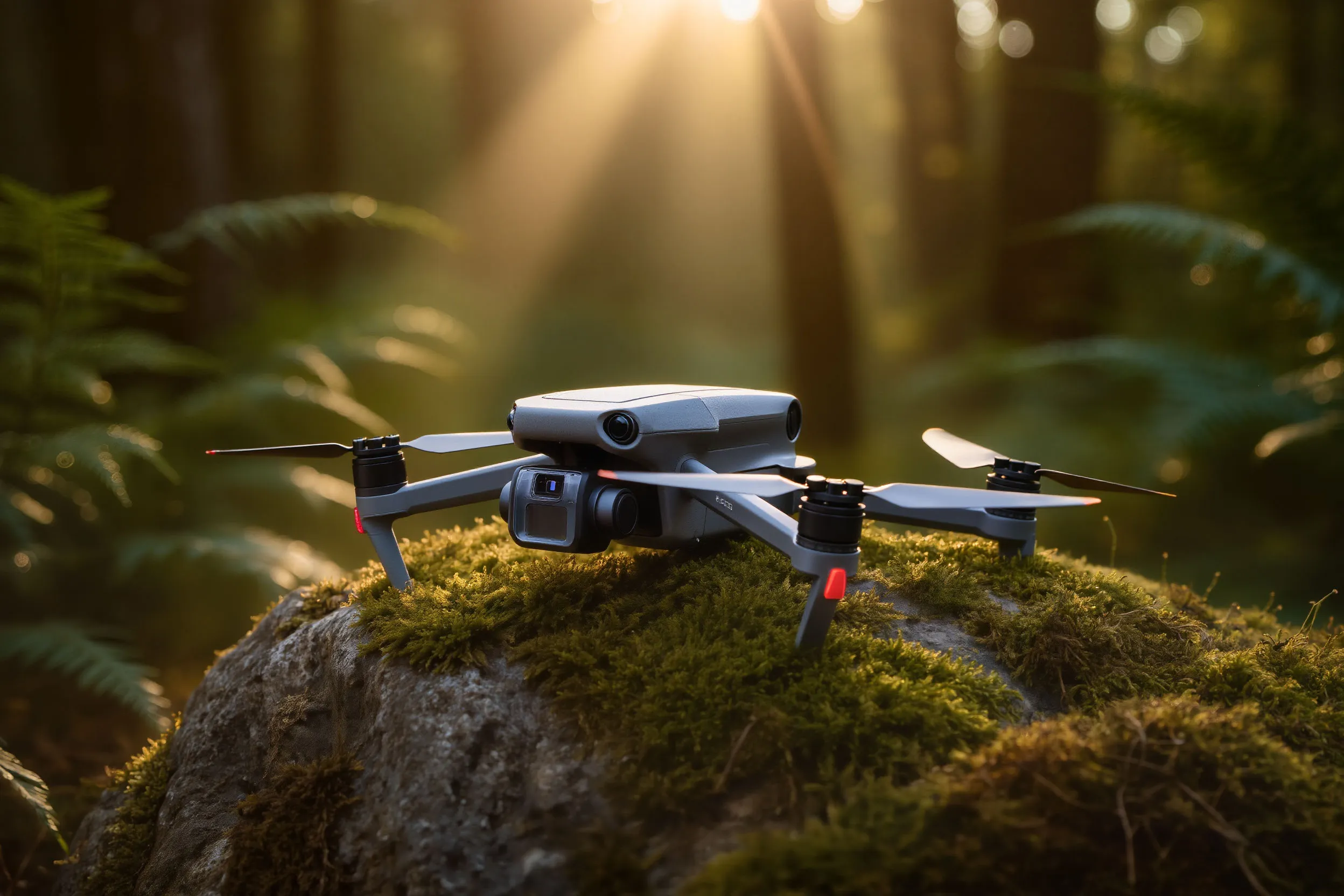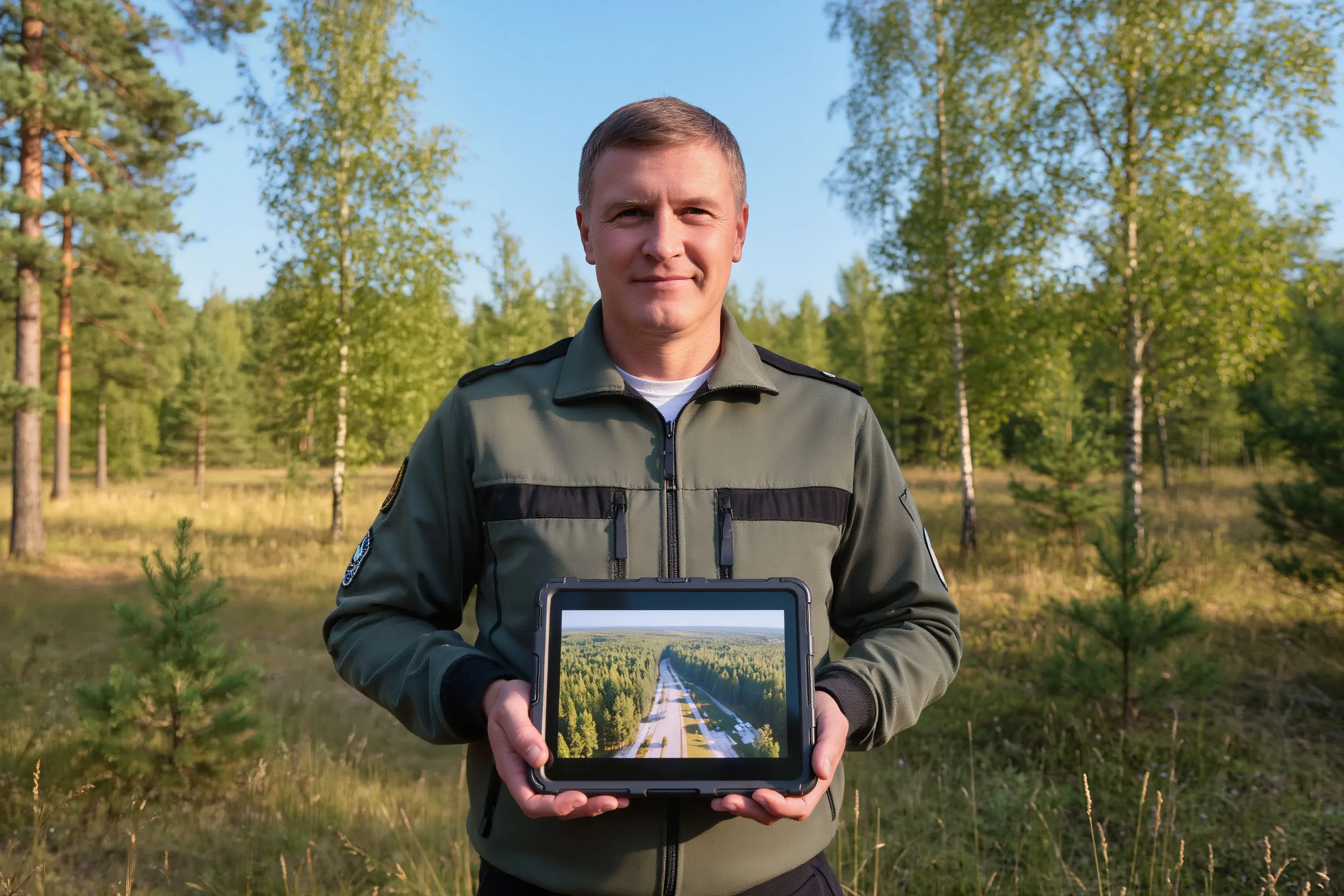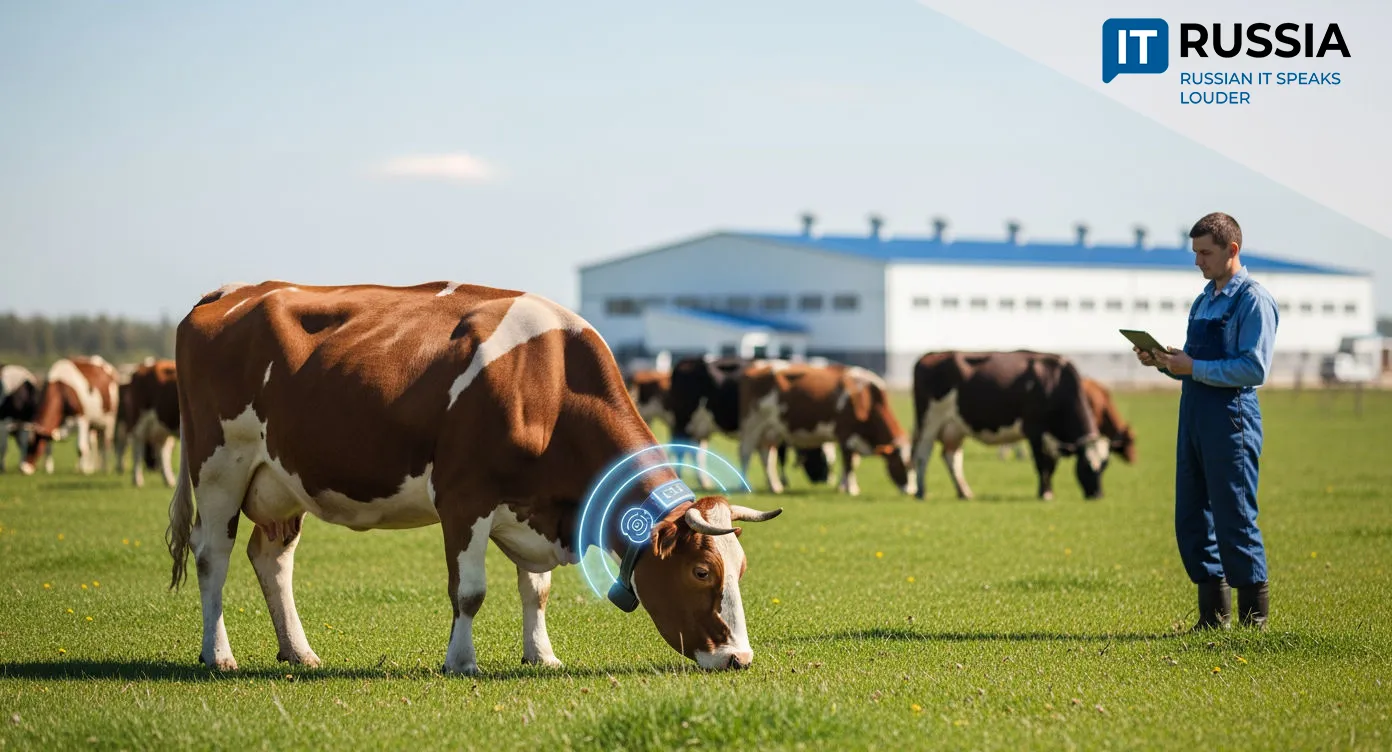Taking to the Skies and Saving Forests: Drones Are Transforming Land Management in Russia
Russia is rapidly expanding its use of autonomous drones to monitor forests, detect wildfires, and protect natural resources—transforming land management and environmental safety across vast and remote regions.

Drones Become Forest Rangers
Robotics is reshaping natural‑resource management—an industry traditionally dependent on manual labor. According to the National Technology Initiative (NTI) Foundation, unmanned aerial systems have become a key driver of this shift.
These technologies are no longer experimental; they are practical tools that dramatically increase the efficiency of forest management, large‑area monitoring, and ecological safety. Since 2020, quadcopters have been deployed en masse to assist forest services.

A single drone flight can survey 10,000 to 15,000 hectares, detect an unattended campfire or a potential ignition point, and instantly transmit coordinates to mobile response teams.
By 2021, high‑sensitivity thermal‑imaging drones became essential for wildfire detection. In Yakutia, for example, drones helped extinguish 500 fires.
By 2022–2023, the unmanned‑aircraft market in Russia’s forestry sector grew significantly, expanding into land‑inventory operations and illegal‑logging control.
In 2024, the Irkutsk region announced the use of drones for aerial seeding as part of reforestation efforts.
Seeing More Than the Human Eye
Modern drones are far beyond simple flying cameras. These autonomous systems can travel 500 kilometers or more—crucial for monitoring remote regions of Siberia, the Far East, and the Arctic. Equipped with LiDAR, multispectral sensors, and radar systems, they collect enormous data streams in real time.

Machine‑learning algorithms allow drones not just to “look” but to “interpret”—assessing forest health, detecting illegal logging with single‑tree accuracy, and predicting fire risk.
Nearly every Russian region now uses drones in forestry operations. More than 2,000 aircraft are deployed nationwide. In 2024, the Federal Forestry Agency allocated about $22 million to purchase over 1,200 Russian‑made drones under the national “Unmanned Aerial Systems” project. By 2030, more than 5,000 drones are expected to be procured for forestry services, with total spending projected at approximately $86 million.

Preserving Natural Resources
Drones free specialists from routine and sometimes dangerous patrol routes, enabling them to focus on strategic decision‑making. Through grants, research programs, and engineering competitions, the NTI Foundation is building an innovation ecosystem that supports the growth of high‑tech companies in this sector.
Russia is positioned to become a global provider of comprehensive unmanned monitoring solutions. Countries in Latin America, Southeast Asia, and Africa—with similarly vast and hard‑to‑access landscapes—represent potential markets not only for drone hardware but also for analytical and monitoring services.










































